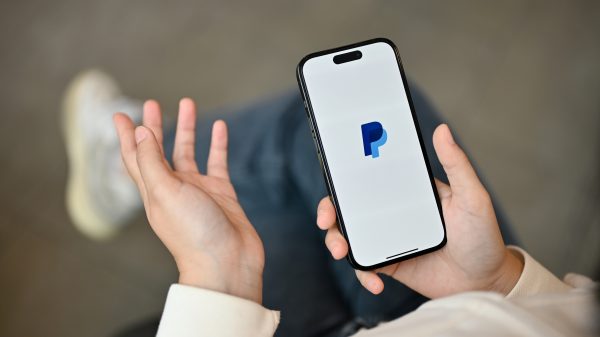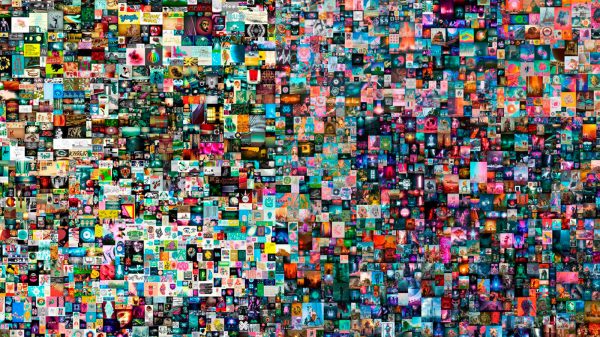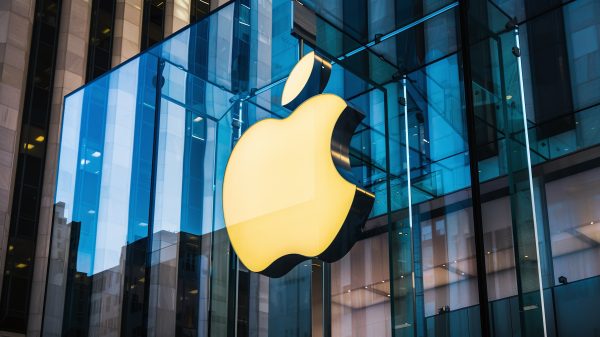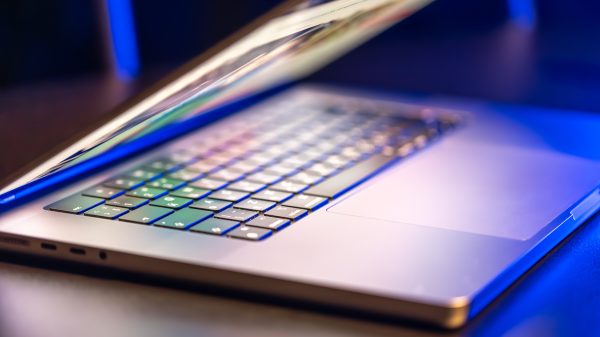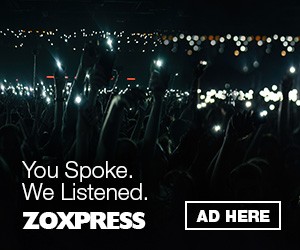Apple once again finds itself at the center of Europe’s regulatory debate. This time, the issue goes beyond the Digital Markets Act (DMA): a proposal to allow apps to be installed on iOS without requiring verification or signing by Apple itself. The request, filed by the Free Software Foundation Europe (FSFE), strikes at the core of the iPhone’s closed model and reignites the battle over who controls the mobile experience.
The petition is part of the Upcycling iOS campaign, a direct continuation of FSFE’s earlier initiative that successfully pushed for regulatory changes in Android. The central argument is clear: if a user buys a device, they should be able to install any software on it, without Apple enforcing restrictions through its cryptographic signing and control systems.
Beyond the DMA
Under the DMA, the European Commission already forced Apple to allow alternative app stores, browsers other than WebKit, and payment methods outside Apple Pay. As explained in this previous analysis on the DMA’s impact on Apple, the company reluctantly complied but made its opposition to opening up its ecosystem very clear.
The new push goes further. FSFE has submitted a report to Brussels calling for a ban on Apple’s requirement for digital signatures when installing software on iOS — whether through alternative stores or direct installation. According to the organization, this obligation undermines user freedom and artificially restricts competition.
Apple pushes back
Although Apple has not issued public comments on this specific request, it has repeatedly voiced its opposition to forced deregulation. In its documentation on DMA compliance, Apple warns that the new rules compromise privacy, increase the risk of malware, and fragment the user experience.
In April 2025, the European Commission fined Apple €500 million for preventing developers from informing users about options outside the Apple ecosystem, a practice known as anti-steering. More recently, the EU issued a preliminary opinion accusing Apple of continuing practices that may still violate the DMA.
Institutional responses have been firm: the Commission has no intention of weakening or repealing the law. The legal dispute between Apple and Brussels remains open, with both the DMA’s official site and FSFE stressing that the ultimate goal is to secure true interoperability across mobile devices.
What would unsigned apps mean?
Removing Apple’s signing requirement would allow any user or developer to run software without passing through the company’s cryptographic checks. This would dramatically expand distribution opportunities for independent projects, startups, and free software — but it would also heighten security risks by removing a safeguard against malicious or tampered code.
From a technical standpoint, such a change would require restructuring core elements of iOS. From a business perspective, it would strike directly at Apple’s vertically integrated model, which depends on strict control of its ecosystem.
A debate on multiple fronts
The potential effects extend across the tech landscape:
-
For Apple: a direct loss of control and a threat to its competitive advantage built on security and privacy.
-
For developers and entrepreneurs: new monetization channels outside the App Store, but with added costs for support, testing, and distribution.
-
For users: greater freedom, but also greater responsibility in facing potentially unsafe apps.
-
For regulators: the ongoing challenge of balancing innovation, competition, and consumer protection in European digital policy.
The Commission has not yet issued a ruling on FSFE’s report, but its contents have already been officially registered. In parallel, the foundation has requested to intervene in several ongoing legal proceedings before the Court of Justice of the European Union, defending the principles of free software and technological neutrality.
The battle is only beginning. And the central question for the coming year is clear: who decides what can run on the devices we use every day; the manufacturer, the developer, or the user.





